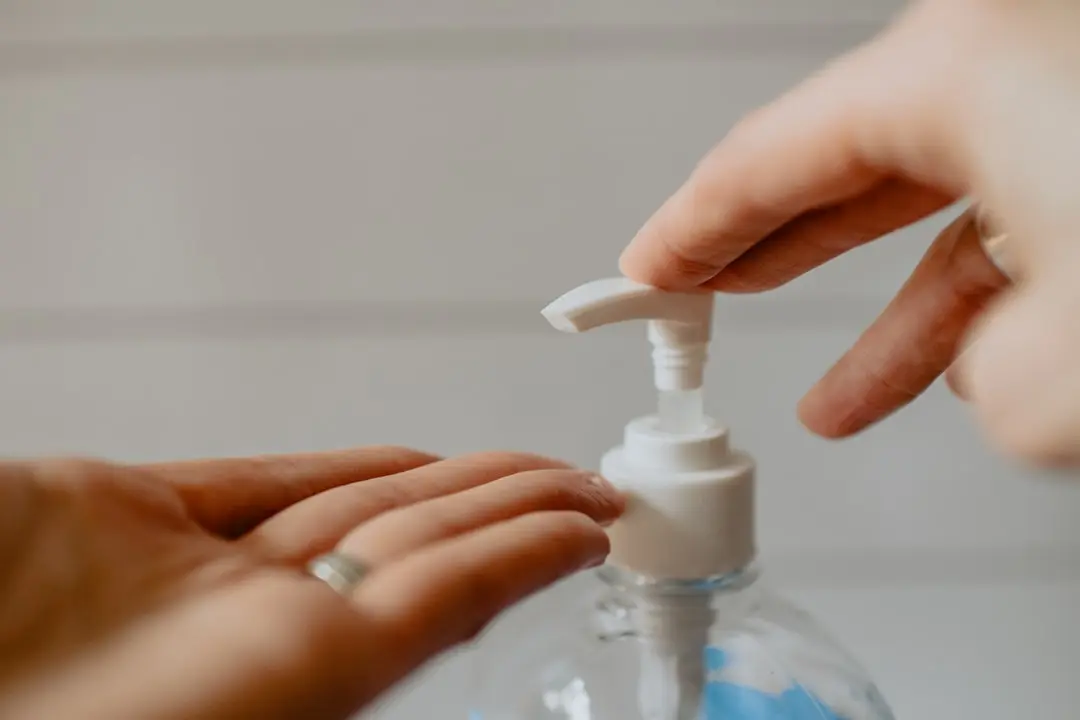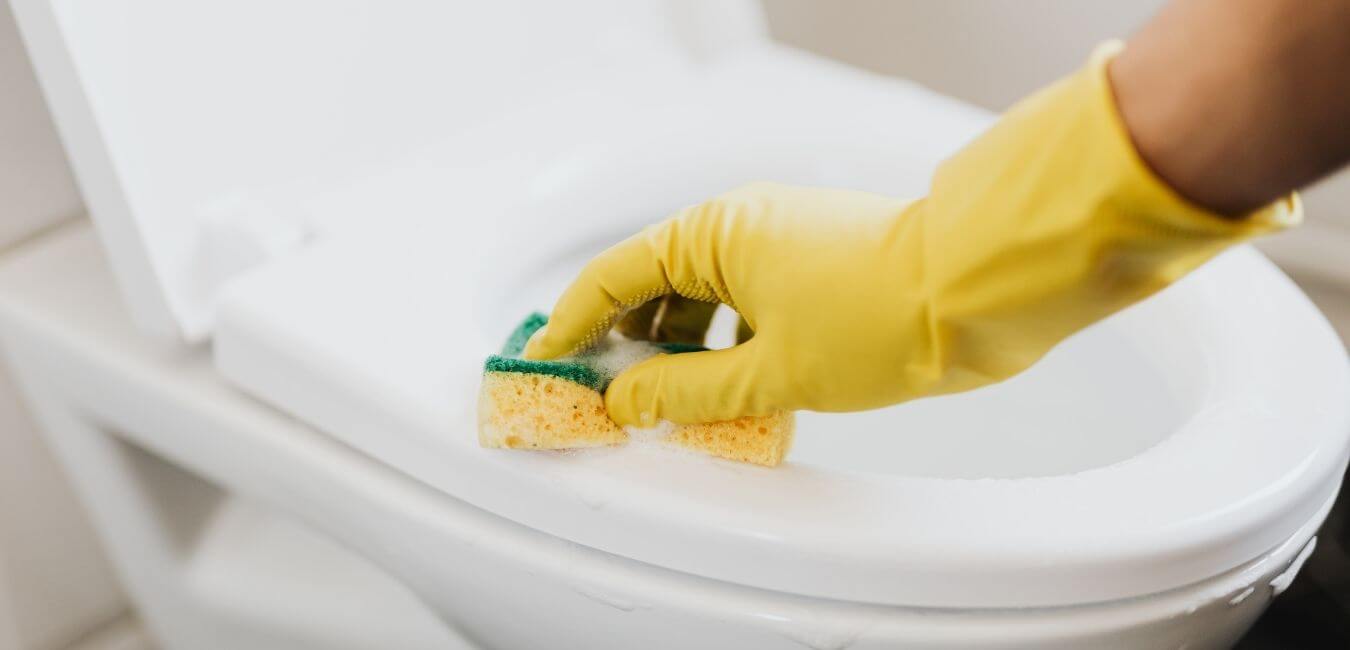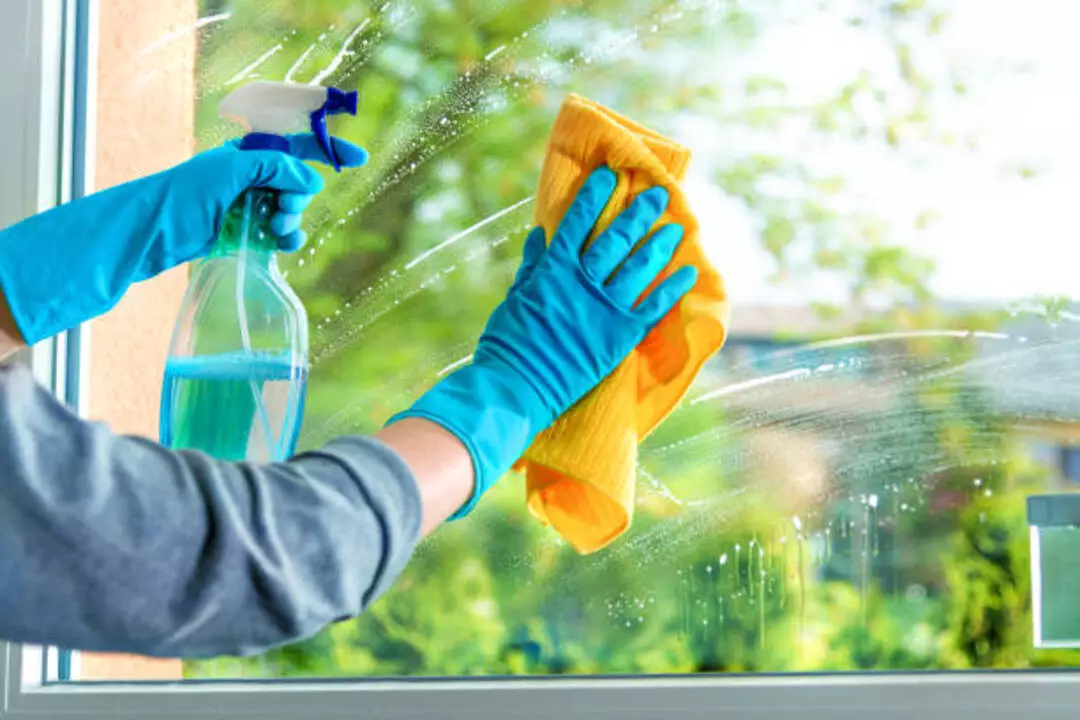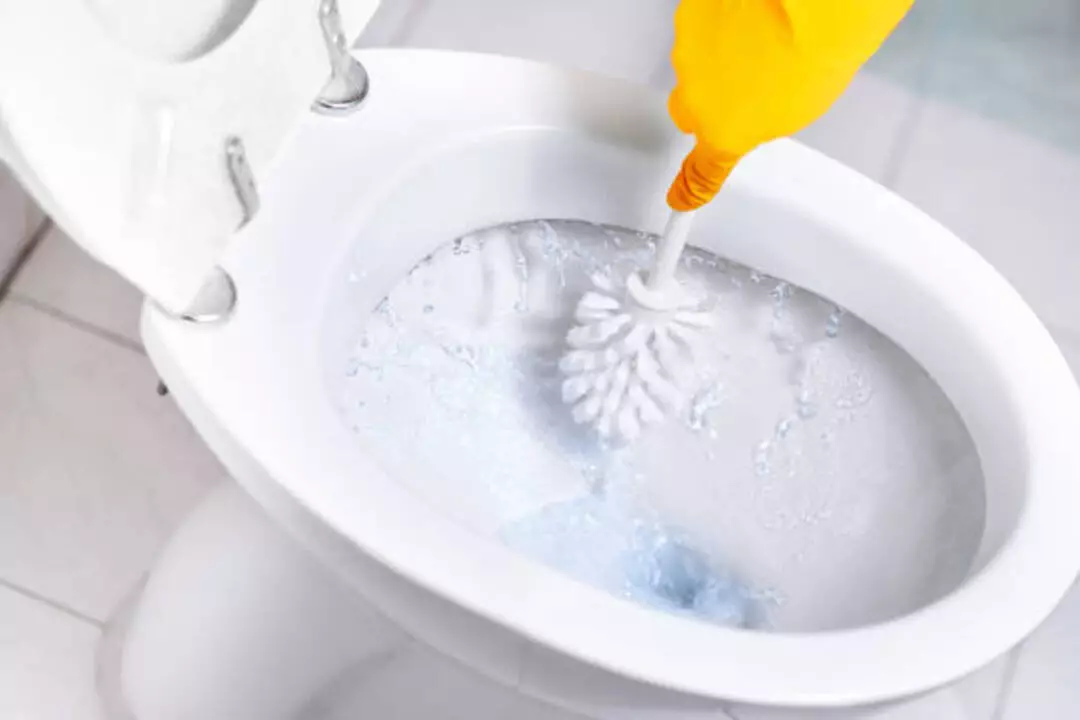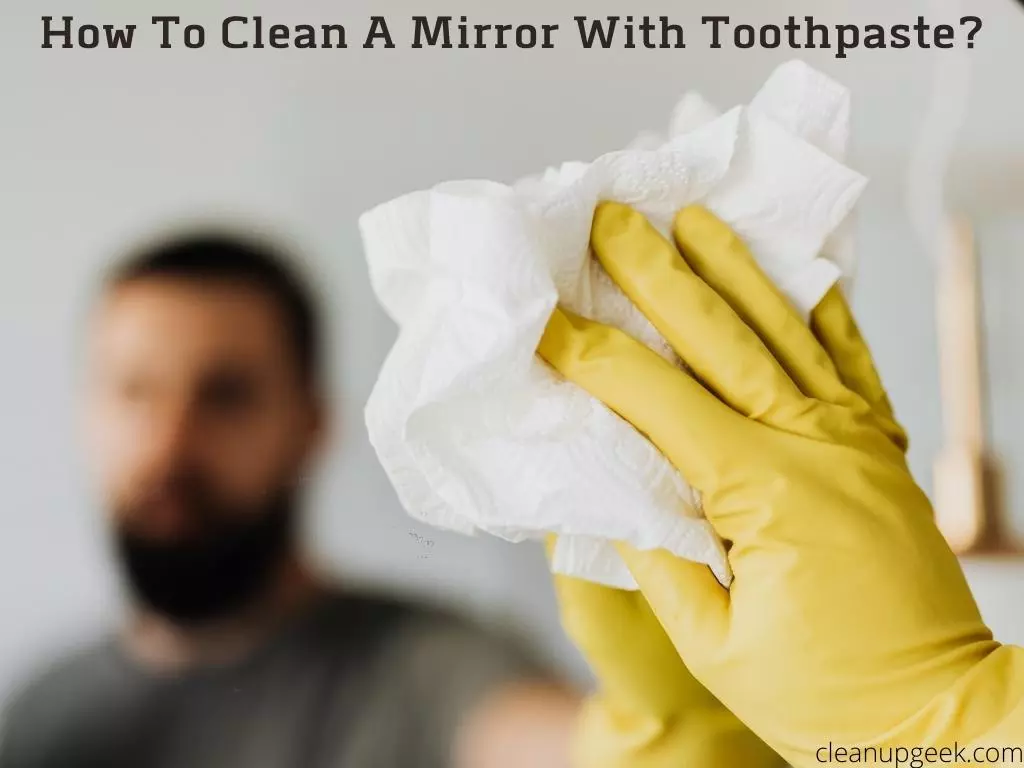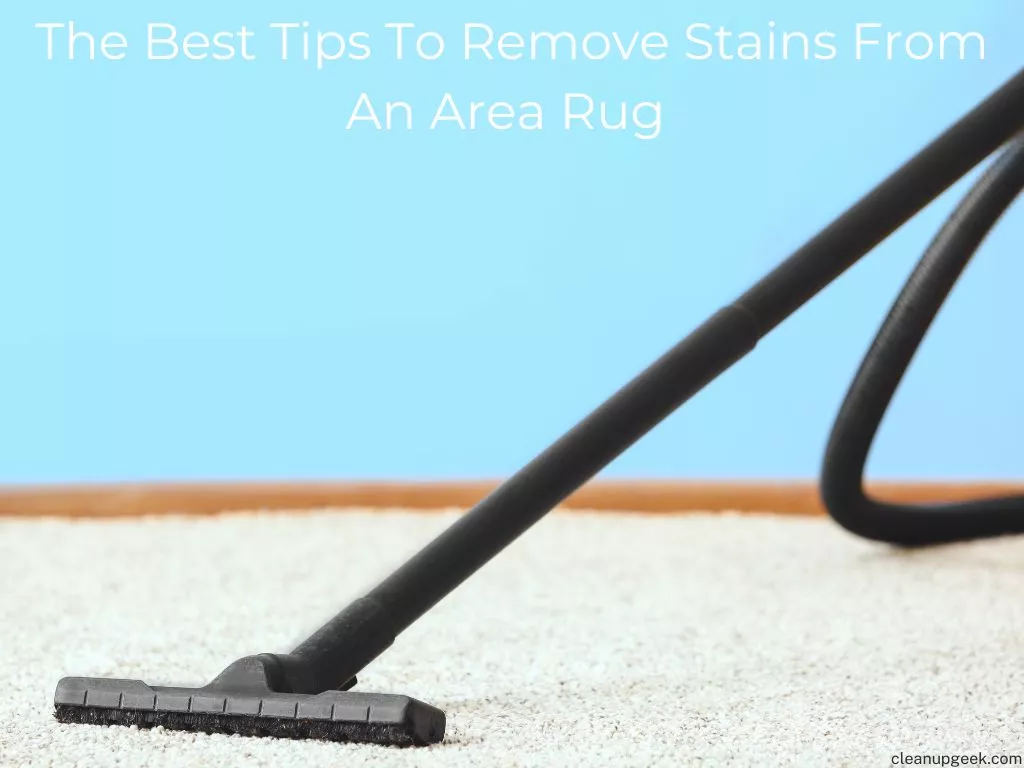Cleaning every corner of your house can seem like an uphill task, especially when it comes to dusting tight and hard-to-reach spaces. Did you know that using a utensil wrapped in a microfiber cloth is one practical method to reach those tricky spots effectively?
Our blog post today unveils various useful tips, tools, and techniques for meticulous dusting of small gaps that will transform your cleaning routine.
Don’t let dust take over; dive in and discover these handy cleaning hacks!
KEY INFORMATION
- Use a toothbrush wrapped in a microfiber cloth to clean dust from keyboard cracks and keep your keyboard looking new.
- Clean window tracks by using a vacuum with a brush attachment, followed by wiping down the tracks with a cotton swab dipped in rubbing alcohol.
- Remove dirt from faucet crevices by using a cotton swab dipped in rubbing alcohol or by wrapping a microfiber cloth around a toothbrush.
- To clean underneath appliances, use a flexible dusting wand or long-handled brush attachment on your vacuum cleaner.
- Clean narrow blinds by using a dusting wand or wrapping a microfiber cloth around a utensil to reach into small gaps.
- For shower tracks, use a vacuum with a brush attachment to remove loose dirt and debris before wiping them down with a water and vinegar mixture or an all-purpose cleaner.
Commonly Overlooked Areas for Dusting
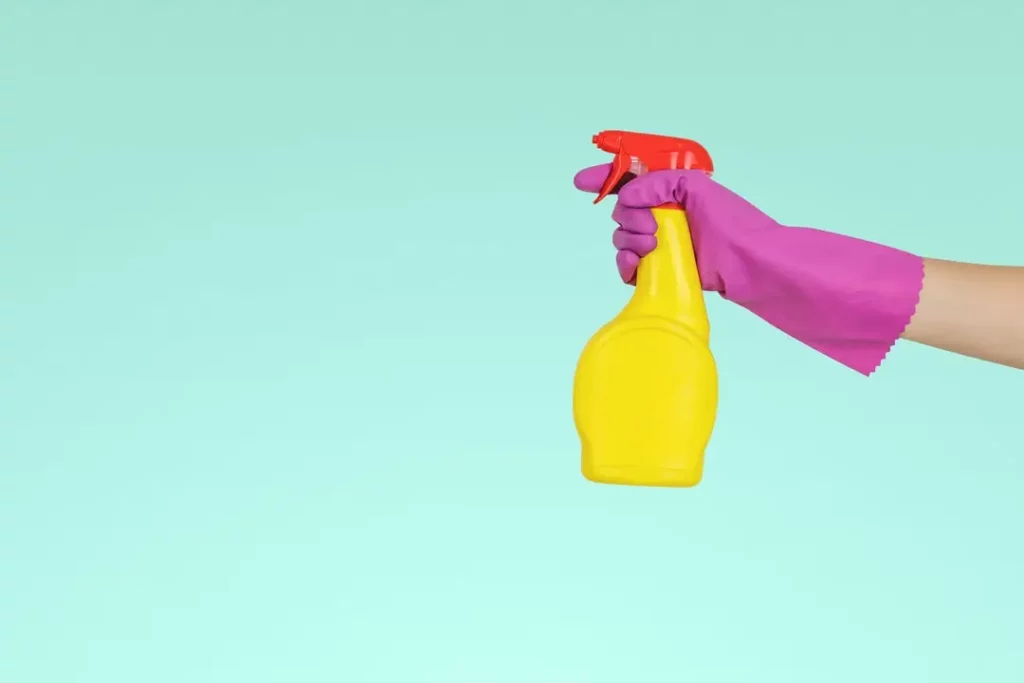
Don’t forget to dust those hard-to-reach areas like keyboard cracks, window tracks, faucet crevices, underneath appliances, narrow blinds, and shower tracks.
Keyboard cracks
Dust hides in keyboard cracks. It is hard to see or clean. But there are easy ways to clean it. You can use a toothbrush wrapped with a Swiffer duster sheet. This grabs the dust from the tight spaces between keys.
For stubborn dirt, dip cotton swabs in rubbing alcohol. Clean gently around each key with it. Remember not to make your keyboard too wet! If you do this often, your keyboard will stay fresh and like new for longer.
Window tracks
Cleaning window tracks is an important part of effective dusting in tight spaces. Window tracks can accumulate dirt, debris, and even mold if left uncleaned. To tackle this task, start by using a vacuum with a brush attachment to remove loose dirt and dust.
Then, take a cotton swab dipped in rubbing alcohol to clean the corners and crevices of the tracks. This will help remove any stubborn grime or buildup. Finally, wipe down the entire track with a microfiber cloth to ensure it is clean and free from dust particles.
Regularly cleaning your window tracks will not only improve their appearance but also prevent any potential health hazards associated with accumulated dirt and mold.
Faucet crevices
To effectively clean faucet crevices, start by using a cotton swab dipped in rubbing alcohol to remove dirt and grime. Make sure to clean both the spout and handles of the faucet thoroughly.
You can also use a toothbrush wrapped with a microfiber cloth or a small brush attachment on your vacuum cleaner to reach into tight spaces around the faucet. Dust particles can easily accumulate in these crevices, so regular cleaning is crucial in order to maintain cleanliness and prevent any buildup that could lead to mold or mildew growth.
Underneath appliances
Cleaning underneath appliances is an important part of effective dusting techniques for reaching tight spaces. Dust, dirt, and pet hair can accumulate in these areas, leading to poor air quality and potential health issues.
To clean underneath appliances, you can use a flexible dusting wand or a long-handled brush attachment on your vacuum cleaner. Simply slide the wand or attachment under the appliance and remove any debris that has been collected.
This will help improve indoor air quality and keep your home clean and healthy.
Narrow blinds
To effectively clean narrow blinds, use a dusting wand or a microfiber cloth wrapped around a utensil to reach into the small gaps. Gently wipe the cloth along each slat to remove dust and dirt.
Another option is to wrap a Swiffer duster sheet around a toothbrush for cleaning the hard-to-reach corners of the blinds. This allows you to easily grab and hold onto dust particles in those tight spaces.
Regularly dusting your narrow blinds will help keep them looking clean and prolong their lifespan.
Shower tracks
To effectively clean shower tracks, start by using a vacuum with a brush attachment to remove any loose dirt and debris. Then, dampen a microfiber cloth with a mixture of water and vinegar or an all-purpose cleaner.
Wipe down the tracks thoroughly, making sure to get into the corners and crevices. For stubborn grime, use an old toothbrush wrapped in a microfiber cloth to scrub away the dirt. Rinse the tracks with warm water and dry them completely before reassembling your shower door or curtain.
Regular maintenance is key to preventing buildup in your shower tracks, so make it part of your cleaning routine.
Tools and Techniques for Dusting Tight Spaces
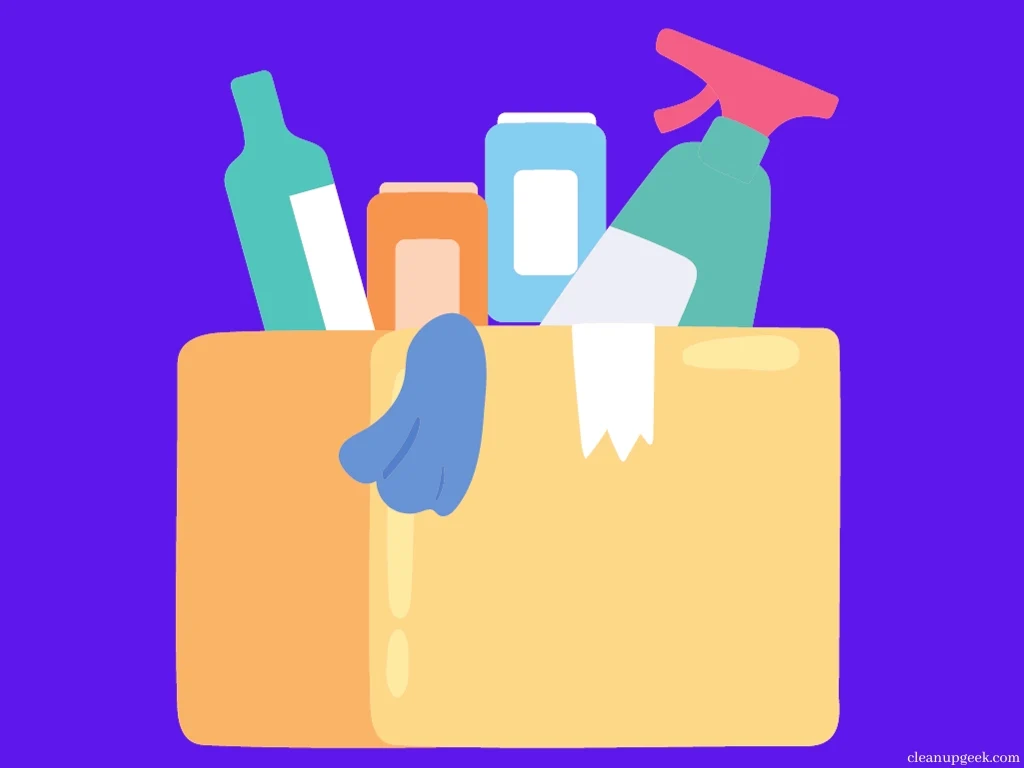
To effectively clean tight spaces, you can use a variety of tools and techniques. Microfiber cloths are great for capturing dust particles, while vacuum attachments can reach into narrow gaps.
Flexible dusting wands allow you to clean underneath appliances and in hard-to-reach corners. Blind cleaners are useful for tackling narrow blinds, and microfiber dusters with extendable handles make it easier to reach high areas.
Using dual-purpose furniture can also help maximize space and make cleaning more efficient.
Microfiber cloths
Microfiber cloths are highly recommended as one of the best tools for dusting. These cloths are made with tiny fibers that have a unique ability to attract and trap dust particles.
They are soft, gentle on surfaces, and effective at picking up dirt and grime without scratching or leaving behind streaks. Microfiber cloths can be used dry for dusting or slightly dampened for tougher jobs.
They can easily reach tight spaces like crevices, corners, and narrow blinds due to their flexible nature. What’s more, microfiber cloths are reusable and machine washable, making them an eco-friendly option for cleaning.
Vacuum attachments
When it comes to reaching tight spaces during dusting, vacuum attachments can be incredibly helpful. Many vacuums come with specialized attachments and brushes specifically designed for hard-to-reach areas.
These attachments can easily remove dust and debris from corners, crevices, and narrow gaps where traditional cleaning tools may not reach. By using vacuum attachments, you can effectively eliminate dust buildup in these hard-to-clean spaces, ensuring a thorough and efficient cleaning process.
So make sure to check your vacuum for any dusting attachments or invest in one that offers this feature to make your cleaning routine easier and more effective.
Flexible dusting wands
Flexible dusting wands are a great tool for reaching tight spaces and removing dust. These wands can bend, twist, and extend to access areas that are difficult to reach with other tools.
They are especially useful for cleaning narrow blinds, window tracks, and hard-to-reach corners. With a flexible dusting wand, you can easily maneuver around obstacles and clean in tight spaces without straining your arms or back.
It’s a handy tool that will make your dusting tasks much easier and more efficient.
Keep in mind that flexible dusting wands work best when paired with other tools like microfiber cloths or duster sheets. You can wrap the cloth or sheet around the wand to capture the dust effectively.
Blinds cleaner
When it comes to cleaning narrow blinds, having the right tools can make a big difference. One effective tool for this task is a blinds cleaner. This specialized tool typically consists of multiple brushes or microfiber pads that can fit between each blind slat to remove dust and dirt.
By sliding the cleaner back and forth along the blinds, you can easily collect any build-up without causing damage. Blinds cleaners are designed specifically for this purpose, making them an excellent choice for efficiently cleaning those hard-to-reach spaces.
So, next time you tackle your dusting chores, consider using a blinds cleaner for quick and effective results.
Microfiber dusters with extendable handles
One of the most effective tools for dusting tight spaces is a microfiber duster with an extendable handle. These dusters are designed to reach areas that are difficult to access, such as high corners, ceiling fans, and behind furniture.
The soft fibers of the microfiber cloth trap and hold onto dust particles, ensuring that they don’t get spread around. The extendable handle allows you to adjust the length to reach different heights without straining yourself.
With a microfiber duster with an extendable handle, you can easily clean narrow gaps and crevices where dust tends to accumulate. So whether you’re cleaning high shelves or low nooks and crannies, this versatile tool will make your dusting tasks much easier and more efficient.
Dual-purpose furniture
Dual-purpose furniture is a great solution for maximizing space in small areas and reaching tight spaces during cleaning. It serves multiple functions, making it practical and efficient.
For example, ottomans with hidden storage compartments can store cleaning supplies, while also acting as extra seating or a footrest. Another option is a sofa bed that can be used for sitting during the day and transformed into a comfortable bed at night.
Dual-purpose furniture not only saves space but also makes it easier to clean hard-to-reach areas by providing access to hidden nooks and crannies. So consider investing in dual-purpose furniture to make your cleaning routine more effective and your living space more functional!
Tips for Effective Dusting in Small Spaces
Maximize your cleaning efficiency with these practical tips for dusting in small spaces.
Prioritize high-traffic areas
Start by focusing on the areas that get the most foot traffic in your home or office. These are the places where dust is likely to build up quickly and become more noticeable. Vacuuming these areas regularly, especially vents and baseboards, can help prevent dust from spreading to other parts of the room.
Using a microfiber cloth or duster to wipe down surfaces like coffee tables and furniture in high-traffic areas can also effectively remove dust particles. By prioritizing these spots, you’ll keep your space cleaner and healthier for everyone who enters.
Use vertical space
In addition to cleaning the surfaces and nooks in your home, don’t forget to utilize the vertical space when dusting tight areas. Dust tends to settle on top of cabinets, shelves, and bookcases.
So grab a high-reach microfiber cleaning kit or attach an extendable handle to your duster to effectively remove dust from those out-of-reach spots. You can also use a disposable duster for ceiling fans and light fixtures or even try wrapping a microfiber cloth around the end of a broom for better reach.
By utilizing the vertical space in your home, you’ll ensure that every corner is free from dust and dirt.
Edit unnecessary items
To effectively dust tight spaces, it’s important to edit unnecessary items. By decluttering and removing objects that are not needed in these areas, you can easily access and clean them.
This will make your dusting task more efficient and ensure that no corners or crevices are missed. Remember, a clean and organized space makes it easier to maintain cleanliness and prevents the accumulation of dust and dirt.
So take some time to remove any unnecessary items before you start dusting those hard-to-reach places!
Practice daily maintenance
To keep your tight spaces clean and dust-free, it’s important to practice daily maintenance. This means taking a few minutes each day to quickly dust and tidy up these areas. By doing so, you can prevent the buildup of dust and dirt that can be harder to remove later on.
Use a microfiber cloth or duster to wipe down surfaces and reach into corners. Don’t forget to vacuum loose dust off vents and use a brush attachment for baseboards. Regularly cleaning with an air purifier can also help reduce the amount of dust in the air.
By making daily maintenance a habit, you’ll be able to keep your small spaces clean and fresh all the time.
Dust regularly with an air purifier
To effectively keep dust at bay in your home, make sure to dust regularly with an air purifier. An air purifier can help remove airborne particles, including dust, pollen, and pet dander.
By running an air purifier consistently, you can reduce the amount of dust that accumulates on surfaces and in hard-to-reach spaces. This is especially helpful if you or anyone in your household suffers from allergies or asthma, as it can improve indoor air quality and alleviate symptoms.
Investing in a good quality air purifier and using it consistently will help minimize dust buildup and create a cleaner environment for everyone.
Invest in catchall trays
Investing in catchall trays is a smart move when it comes to effective dusting in tight spaces. These trays are perfect for keeping small items organized and preventing them from accumulating dust.
By placing catchall trays on desks, countertops, or shelves, you can easily remove the tray, wipe away any dust or debris that has been collected, and then return your items to their designated spots.
This not only keeps these areas clean but also saves time when it comes to cleaning hard-to-reach corners and crevices. So consider getting some catchall trays to make your dusting routine more efficient and hassle-free!
How to Clean Hard-to-Reach Places

To clean hard-to-reach places, use a dull butter knife to gently scrape dust from vents, and utilize a brush attachment on your vacuum to effectively remove dust along baseboards. Try using a high-reach microfiber cleaning kit for areas like ceiling fans and light fixtures, or disposable dusters for spaces under appliances.
Flexibility is key when reaching tight spots!
Using a dull butter knife for vents
To effectively clean vents, you can use a dull butter knife. Wrap a microfiber cloth around the blade of the knife and gently slide it between the vent slats. This will help grab and remove dust particles that have accumulated in those hard-to-reach spaces.
The microfiber cloth will also hold onto the dust, preventing it from scattering back into the air. By using this technique, you can ensure that your vents are free from dirt and improve the air quality in your home or workplace.
Dusting along baseboards with a brush attachment
To effectively clean the baseboards in your home, use a brush attachment on your vacuum cleaner. This attachment is specifically designed to remove dust and dirt from narrow spaces like the area along your baseboards.
Simply attach it to your vacuum and run it along the baseboards to collect any accumulated dust or pet hair. This method ensures that you reach those hard-to-reach areas without having to bend down or strain yourself.
By including this step in your regular cleaning routine, you can keep your baseboards looking fresh and prevent dust buildup in those tight spaces.
High-reach microfiber cleaning kit
The High Reach Microfiber Cleaning Kit is a handy tool for cleaning hard-to-reach areas that are out of your reach, such as ceiling fans, tops of shelves, and under furniture. This kit includes an extendable handle with a microfiber duster attachment that can easily collect dust from high places.
The microfiber material is effective at trapping dust particles and preventing them from being released back into the air. With the High Reach Microfiber Cleaning Kit, you can quickly and efficiently clean those difficult spots without having to climb on ladders or strain yourself.
It’s a must-have tool for any cleaner or launderer looking to effectively tackle dust in tight spaces.
Disposable dusters for ceiling fans and light fixtures
Disposable dusters are convenient tools for cleaning hard-to-reach places like ceiling fans and light fixtures. These dusters often have an extendable handle that allows you to reach high areas without needing a step stool or ladder.
The disposable nature of these dusters means that you can simply throw them away after use, eliminating the need for washing or maintenance. This makes them a time-saving option for busy cleaners.
With their soft fibers, these disposable dusters effectively grab and hold onto dust particles, ensuring thorough cleaning in tight spaces. So next time you’re tackling your ceiling fans or light fixtures, consider using disposable dusters for quick and easy cleanup.
Cleaning spaces under appliances with a flexible wand
To effectively clean spaces under appliances, use a flexible wand. This handy tool can reach into tight spots where dust and dirt tend to accumulate. Simply attach the flexible wand to your vacuum cleaner or use it with a microfiber cloth for manual cleaning.
The long, bendable design allows you to navigate around obstacles and get into narrow gaps with ease. By using a flexible wand, you can remove dust, pet hair, and other debris that often gathers underneath appliances like refrigerators or washing machines.
It’s an efficient way to ensure that all areas are thoroughly cleaned and free from hidden dirt.
Conclusion and final thoughts
In conclusion, by using the right tools and techniques, you can effectively dust those hard-to-reach spots in your home. Vacuum loose dust off vents and wrap utensils with microfiber cloths to grab dust particles.
Don’t forget to check if your vacuum has a brush attachment for tight spaces. With these expert tips, you’ll have no trouble keeping even the smallest corners clean and dust-free!
FAQs

1. What are some effective ways to clean hard-to-reach areas?
Effective ways to clean difficult-to-access areas include using a dusting brush attachment, focusing on cleaning small spaces and applying techniques for reaching small crevices.
2. How can I deal with pet hair and dirt in narrow gaps?
Use tools designed for cleaning narrow gaps. This helps get rid of pet hair and dirt from tight spots.
3. Can you suggest strategies for dusting hard-to-reach spaces?
Yes! Some handy tips include vacuuming in tight areas first, then using a dusting brush or cloth to reach the remaining dust.
4. Are there specific products that help in reaching tight spots during dusting?
There sure are! Look out for dusting brush attachments or other tools made especially for productive techniques when cleaning small nooks and crannies.
5. Do we have any expert advice on how to effectively clean baseboards?
Expert advice often suggests efficient methods such as keeping your duster flat against the baseboards while cleaning or using a slim tool meant just for this job.
